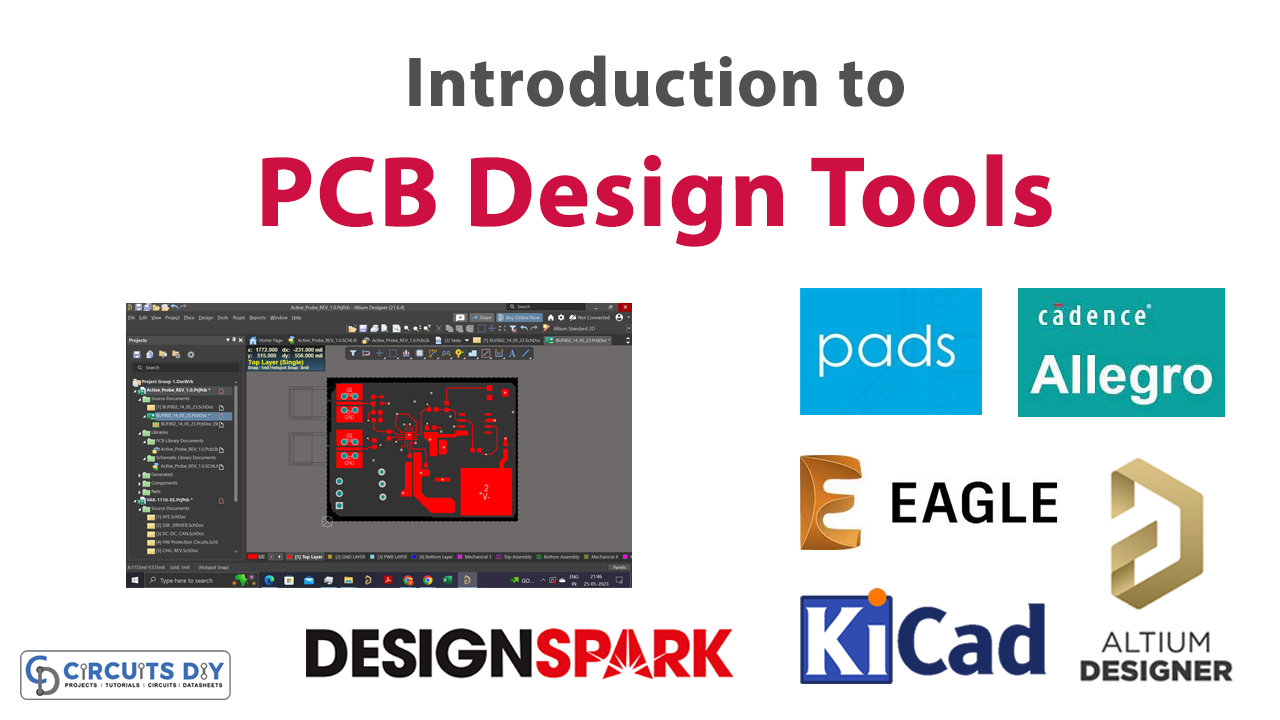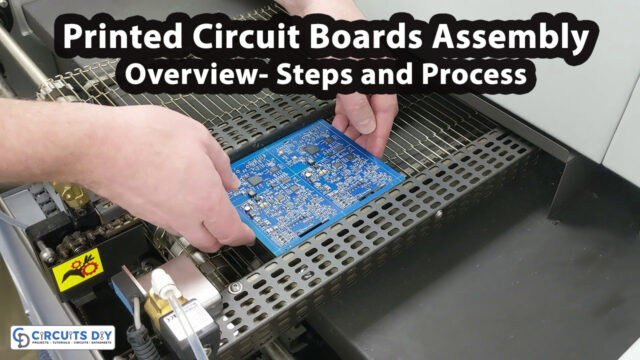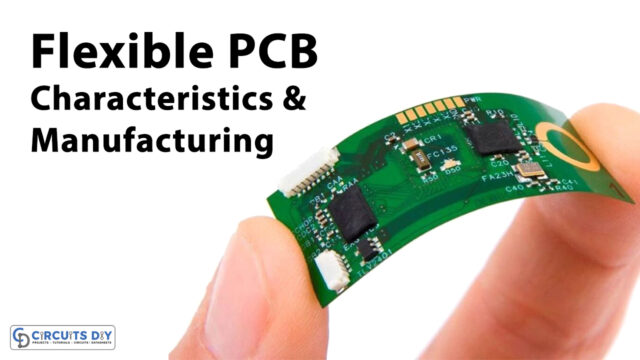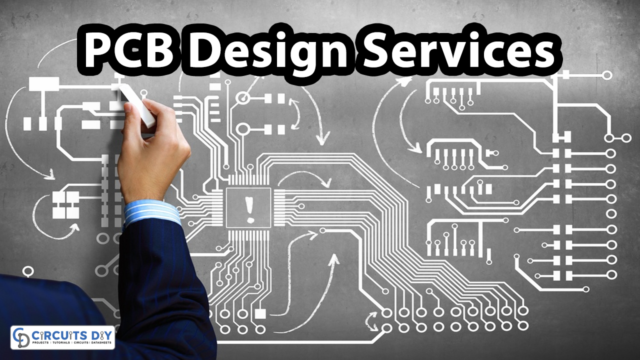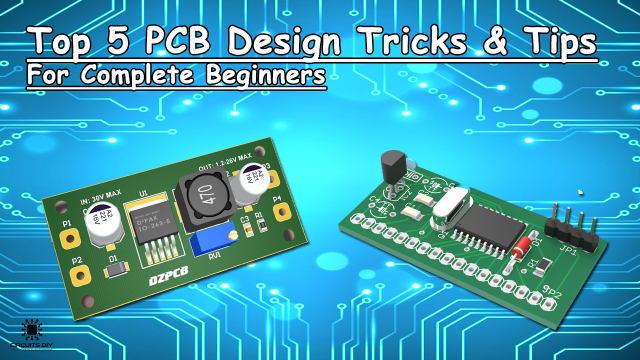An electronics engineer’s job would be impossible without printed circuit boards, and there is no circuit without a PCB. Software that helps create a printed circuit board a little bit more conveniently is a PCB design tool. It enables you to test your circuit board before starting manufacturing. However, electronics engineers may have difficulty finding the best PCB design software tool for their projects. Here in this article, you will get an introduction to PCB design tools.
Best and Most Used PCB Designing Tools
Several circuit design software options are available to meet various layout needs, including industrial PCB software and online and free PCB design software. Here is a list of PCB design software and a quick overview. Based on the introduction, their advantages and disadvantages, you may make a comparison and select the best for you.
Altium Designer

Altium is a software provider that offers PC-based electronics design tools for engineers. Many in the industry consider this PCB design software the industry standard. Altium Designer has released many versions with new features that enhance the user experience, fluency, and smoothness.
Advantages
- Easy to use
- Meets modern needs of PCB designing
- Utilizes technology to assist electronics engineers in concentrating more on design and less on process
Disadvantages
- The interface becomes harder for more layers
- Not favorable for new users
KiCAD

KiCAD is open-source software that offers users various functions, including output for Gerber Files, PCB layout creation, schematic design, etc. This software is more powerful than typical software and was created with the multitasking in mind that engineers require to automate configuration. This piece of software is a popular and well-regarded design tool. OS X, Linux, and Windows are all supported by this PCB design tool.
Advantages
- Powerful enough to handle up to 32 layered PCB layout
- 3-dimensional viewer
- Pan inspection
Disadvantages
- Managing footprints and libraries is not easy
- Several stack-based buffer overflow flaws have been reported in some previous versions.
Design Spark

With its free version, DesignSpark caters to engineering communities. When bringing concepts to life is a priority, electronic engineers select DesignSpark PCB. Your company may explore additional design alternatives with the assistance of Design Spark PCB, which will enhance creativity. This software’s key features include a powerful engine that lets you record schematics and create PCB boards and layouts.
Advantages
- No limitation on schematic size
- Use as many layers as needed for PCB designs
Disadvantages
- At times, it may be glitchy and system-intensive
Eagle PCB

Eagle PCB from Autodesk, a provider of 3D design software, makes the work of electronic engineers simpler. Engineers may create whatever they can imagine with the help of this robust, user-friendly PCB design tool.
Advantages
- Easy-to-use schematic editor
- Electrical rule check and a netlist generation
- Annotations that move back and forth between schematics and printed circuit boards.
Disadvantages
- Not easy to use for beginners
PADS

PADS offers an easy-to-use creative platform that has been particularly tuned for PCB layout. This software tool can lay out circuit boards quickly and easily with this reasonably priced PCB design software. The powerful auto-router, thermal design consideration analysis, and support for different project management operations are just a few high-end modules that PADS offers.
Advantages
- Advanced auto router
- Thermal design consideration
Disadvantages
- Not the best choice for high-speed boards
- Cannot handle the high number of layers effectively
Cadence Allegro

Cadence, a prominent worldwide EDA, and semi-EDA firm facilitates electrical design innovation and is popular in manufacturing ICs and electronics. When a more predictable, compact design cycle is needed, electronic professionals turn to Cadence’s Allegro PCB Designer. All aspects of the layout can be customized using this software. Allegro is perfect for great digital designs because of its constraint management and high-speed roles.
Advantages
- Including in-design interlayer checking
- Capability for dynamic concurrent team design
- reduces the cost of materials by using the material inlay fabrication technique.
Disadvantage
- Costly than other
Conclusion
There are software and online tools available for designing printed circuit boards. It’s critical to select software that is both broadly used in the sector and meets your project objectives when determining which one is appropriate for your requirements. Some introductions to PCB design tools have been covered in the article above. But if you are a newbie, there are also various beginner-friendly tools and software like Fritzing, Orcad, PCBWeb Designer, ZenitPCB, TinyCAD, and Osmond PCB.


